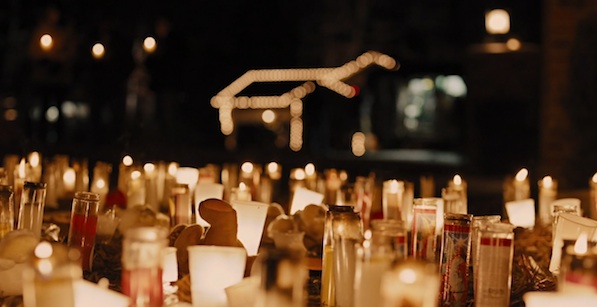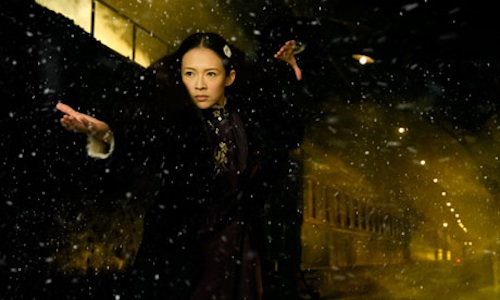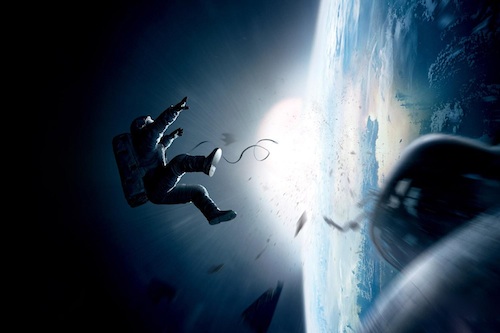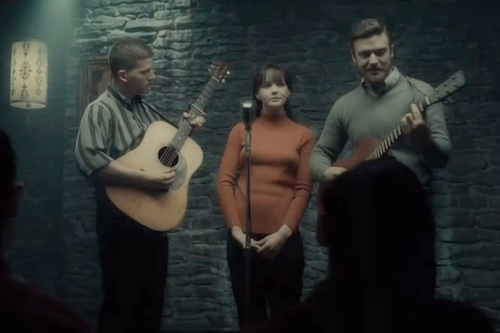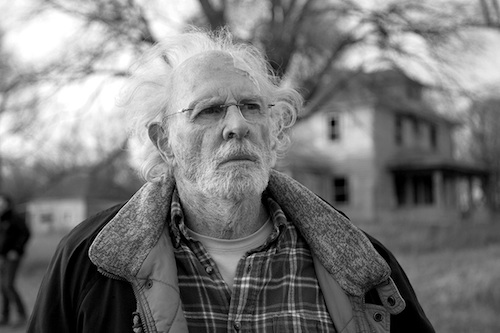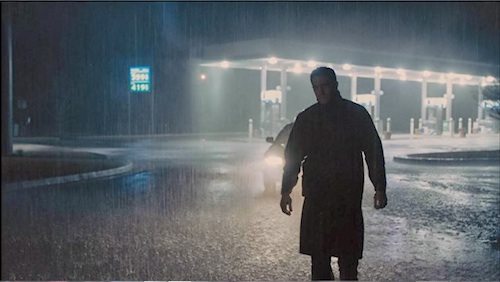[This is the third entry in “Video Evidence,” a series of video essays championing the most deserving Oscar nominees. For the full list of video essays, see the 2014 Oscars Video Evidence main page.]
What do you look for in great cinematography? Technical mastery? Originality and innovation? Artistry and vision? Or something else?
Let’s watch two clips each from the five nominees for this year’s Oscar for Best Cinematography. The soundtrack will be removed from the clips. Instead, we’ll have some commentary (posted below). But you might want to watch the clips with no sound at all. See what great cinematography means to you.
[This is the third entry in “Video Evidence,” a series of video essays championing the most deserving Oscar nominees. For the full list of video essays, see the Oscar index main page.]
Just for kicks, let’s turn the three criteria listed above into a scoresheet for the nominees, with each criteria ranked on a comparative scale from 5 (most impressive) to 1 (least).
The Grandmaster (Director of Photography: Philippe Le Sourd)
This scene is visually stunning, but it’s edited very quickly so you may need to press pause to really appreciate the cinematography. The first thing that jumps out is how incredibly detailed the rain is; you get the sense that you can make out every raindrop. And look at how sharp the lights on the side of the building are in the background, there’s just incredible deep focus, and that depth works to counterbalance the impressionistic quality that you get from the fast cutting and the rainfall. It’s clarity amidst chaos.
This [next] sequence opens more slowly and you get this great series of close ups that are obscured by steam, snow and fogged glass. And then this showdown with the snow falling, and again, you feel like every snowflake stands out. When I first saw this scene I could have sworn the snow was computer generated, but now I don’t know if it’s real, computer or some combination. And that extreme sharpness of the image can be tied in to a deeper meaning of the movie: kung fu as a state of heightened sensory awareness, in which the grandmaster sees and feels everything more clearly.
Technical: 5
Originality: 4
Artistry: 4
Gravity (DP: Emmanuel Lubezki)
From its opening shot Gravity poses the biggest set of questions as far how we judge its cinematography. This twelve minute continuous shot is actually a series of shots and computer generated images that have been seamlessly edited together in post-production. So to what extent is this the work of a camera vs. the work of a computer? Should we even bother separating camerawork from editing and visual effects?
The best answer I can come up with for now is that today’s cinematographer is responsible for the total integration of all the images we see, wherever they may come from. In that regard, Gravity is a stunning achievement because it’s so seamless and believable. Without special information, it’s almost impossible to tell where or how each image was created and how they were put together. The main ingredient is the impeccable use of light and shadow which creates a seamless visual fabric. And come to think of it, the mastery of light and shadow is the classic definition of great cinematography.
Technical: 5
Originality: 5
Artistry: 4
Inside Llewyn Davis (DP: Bruno Delbonnel)
The look of Inside Llewyn Davis manages to be both quiet and audacious. There’s a fuzzy, yellow filter to the look of the film that’s both dreamlike and depressed, like a half-forgotten memory of a sad, lost life. And yet certain things pop out, like this red sweater that just glows with life, the warm wood texture of the guitar, the way the lights beckon from the outer corners of the frame.
There’s an even starker sense of light and shadow here—and a stronger sense that the hero is always confined to the shadows. Watch how the light gives us a brief glimpse inside his conscience as he makes a fateful decision. And then he sets off against a wilderness of light: an impossibly bright moonlight that turns fog and headlights into a celestial vision. It’s a Milky Way without mercy.
Technical: 4
Originality: 4
Artistry: 5
Nebraska (DP: Phedon Papamichael)
Nebraska is an odd combination, an old-fashioned black-and-white narrative film shot in digital high def. And it really brings out the best of both worlds. The black and white provides a stark sobriety to the images, but high def adds a sharpness of texture: you can see every white hair on Bruce Dern’s head shimmering in the sun. And the deep focus gives a sense of infinite space that adds resonance to this desolate graveyard setting.
This scene really shows what digital photography is capable of achieving today. Digital cameras used to get knocked for being limited, but there’s just an incredible display of detail and texture here. Again, you can practically make out every stray hair on Bruce Dern’s head, as well as his beard, the different textures of his clothing. look at the range of shadow and light, the different kinds of gray, and the control of shallow focus that brings the details of these characters front and center, especially Dern’s.
Technical: 4
Originality: 3
Artistry: 4
Prisoners (DP: Roger A. Deakins)
Given how innovative the other nominees are in the looks they create, Prisoners looks like a pretty conventional TV-style crime drama. Handheld camerawork and on-screen light sources like the flashlight underscore the realism of the look. The high contrast of light and shadow and the way the light flashes in Paul Dano’s face create mystery and suspense. Rain is used to add visual texture, in a way that’s more casual and familiar than what we saw in The Grandmaster.
This scene has a much more expressive and meaningful use of light. Terrence Howard’s character has lost his daughter, and he’s deeply distraught and seeking comfort. The candlelight vigil is really impressive use of candlelight, it’s able to capture a lot of detail in low light. But the warm orange tones have an expressive quality, they seem to gently wash over Howard and his family, expressing the community’s desire to comfort them in their grieving. As in the best uses of cinematography, here light has meaning.
Technical: 3
Originality: 3
Artistry: 3

